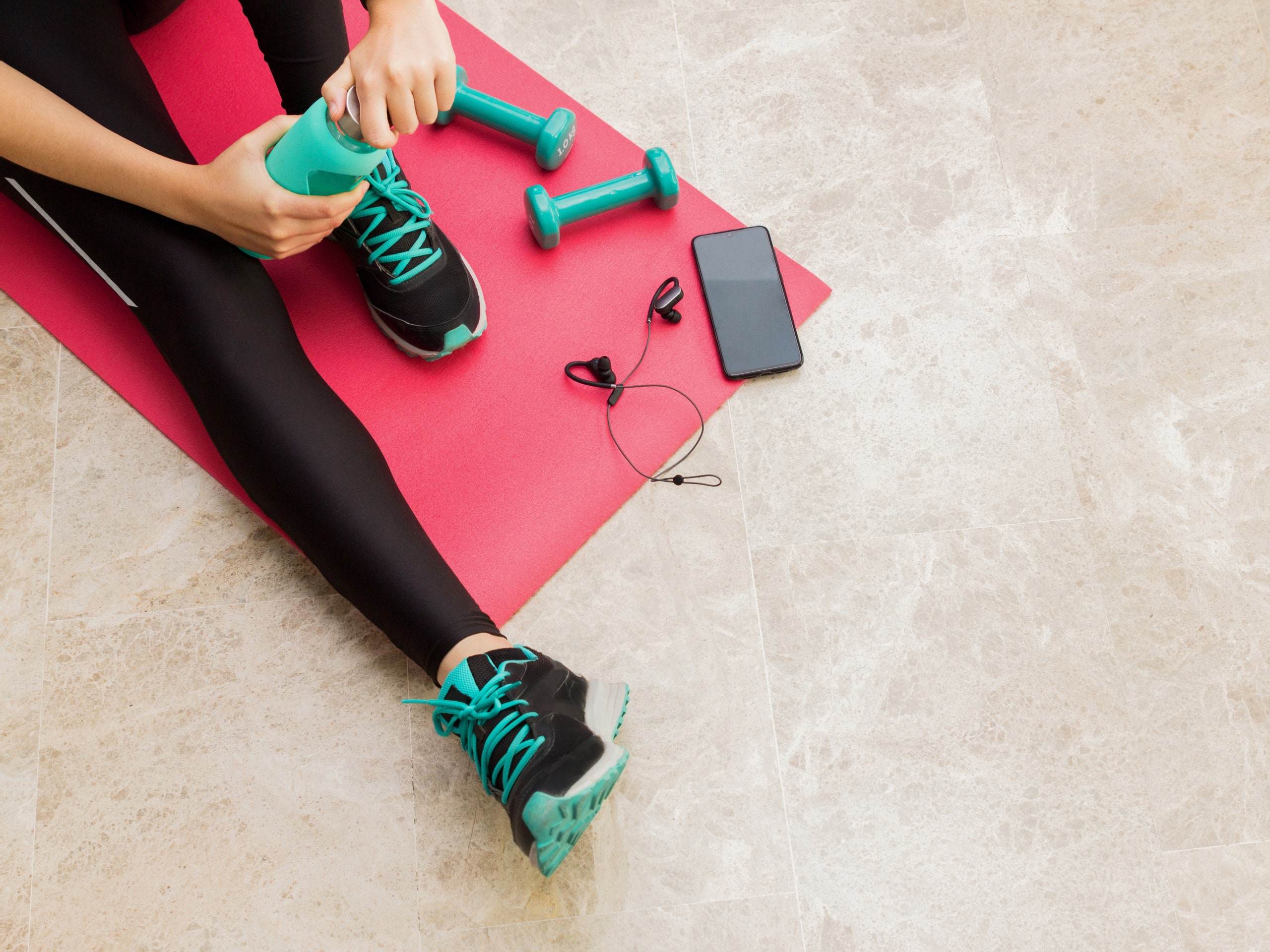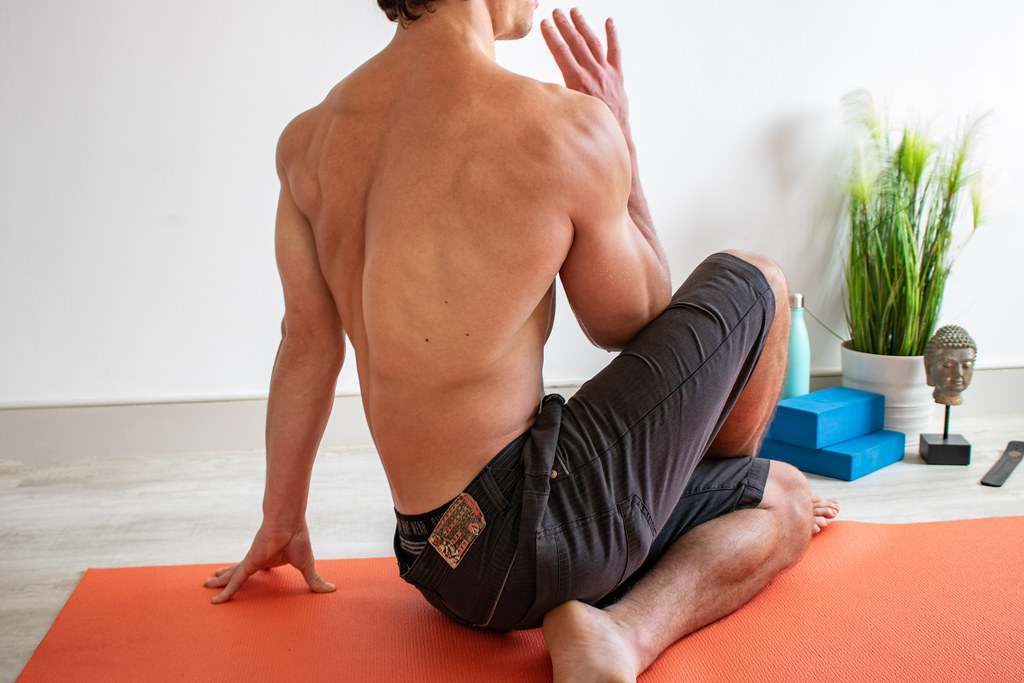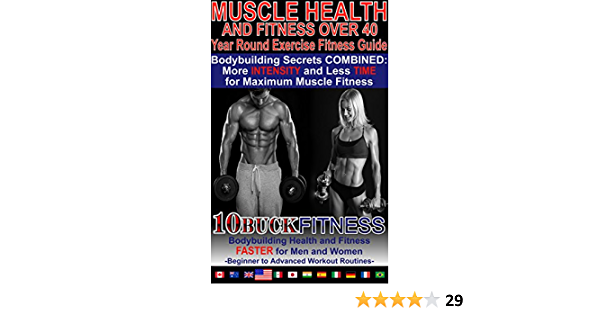
These are the best ski exercises that will get you in shape, if you love the excitement of skiing. Sideways ski jumping is a great exercise. Stand on one leg, then propel your body forward along a parallel track. This can be repeated twenty times. To ensure that adrenaline doesn't turn into stress, it's best to get in shape as soon as possible. Skiing can be a great sport, but there are risks. You need to keep your body fit by doing proper exercises.
Standing lunge
Standing lunges require that the skier maintain balance. The exercise works many body systems, including the hamstrings, glutes, quads, and calves. Good balance and core strength are important for skiers to be able turn quickly and keep momentum. First, lower your left leg so it touches the floor. Next, lift your right leg off the ground and then move forward until both of your legs meet. This exercise can be repeated three times.
To make the exercise more challenging, you can use a cushion or Airex to help you. You can also stand on a flat surface or hold a pillow. Depending on your height, your arms can be used to stabilize your body. Begin by standing on one foot and placing the other underneath it. Lower your right knee into a curtsey. Next, bend your right knee and keep it in line to the left knee. Repeat this movement on each leg for at least two sets.
Hip twister
Because it tests leg endurance and strength, the hip twister is one among the most efficient exercises for skiers. You can either sit down or use a chair to perform this exercise. It mimics the demands on your legs while skiing. This exercise is great for strengthening your ski position because it strengthens the quads. You can also perform the exercise by standing on one leg.
Skiing requires that the hips be involved in the movement and coordination of the hips as well as the knees. When the skis are flexed, the hips allow the skier to adjust the steering angle and edge them. This movement is due to the hips moving the skier's centre of mass. Without this movement, skiers cannot navigate the mountain efficiently and might suffer an injury.

Plank
If you want to improve your skiing technique, the plank is one of the best exercises. It targets the lower abdominal muscle, which is essential for ski control. Consult a personal trainer to find the best variation for your sport. There are many variations of the plank. Choose one that best suits your goals. The following are a few of them. Continue reading to find out more about these exercises.
The plank, a fundamental core exercise, focuses on core strength. Place your hands on the ground and lie down on your back. Then, bend your elbows and keep your arms out in front of your chest. Keep your arms close to your chest as you raise your core muscles. To provide extra resistance, you might consider adding a weight. You won't lose your balance and can increase the repetitions as your strength increases.
Squat jump
Squat jumps are great exercises for the slopes, as they work the hamstrings, gluts, and quadriceps. Start with a 6-inch box for beginners, then increase the height as your strength increases. An alternative to a box is a bench or flat surface. For beginners, three sets of five reps should be done with one-minute rests.
Squat jumps can be a great way to increase the explosiveness of your quads or glutes. These are vital for turning and pushing through turns. You also get to work your core muscles, which are more important than you think. Your core strength will help you ski more comfortably and with balance. Strong cores will help you avoid overexerting your hips when skiing technical terrain.
Rowing
Rowing is one of your best cardio exercises. Rowing can not only strengthen your cardiovascular system, but it can also lose weight and increase your ranges of motion. The heart and blood vessels perform intense work while rowing, so your body will feel its full benefits. Rowing reduces stress and improves mood. Because it is safe for most people and can be used to help with injuries and surgeries, rowing can help you heal.

Good posture is important when rowing. Your shins need to be parallel. Also, your arms should not touch your thighs. Keep your muscles tight. Keep your abdominals tight and your upper body forward. Power Tens can also be performed every 500 meters. This equates to ten pulls of a higher intensity. It is important to keep your form good throughout your rowing workouts.
Walking
One of the best exercises for skiing is walking. Walking is an easy activity that can improve cardiovascular fitness as well as bone health. It can be done in any weather. There are many benefits of walking with others. According to a study published in British Journal of Sports Medicine, group walking can improve your resting heart rate and body fat. It also helps you lower your blood pressure. Here are some tips for improving your fitness level when you consider Nordic walking.
To perform the lunge, bend your knees and place your feet on ground. This exercise targets the gluteus medius, which is a crucial muscle for stabilizing the kinetic chain. If the gluteus medius is weak, your knees might collapse during the exercise. Keep your knees in line with your toes. This exercise can be repeated ten times to see the results in your legs.
FAQ
What is the best exercise for men over 40 years old?
For older men, the best workout usually gives them more energy and improves their stamina.
It is important for you to know that over 40s experience a reduction in testosterone which can lead to lower sex drive.
This doesn't mean that you shouldn't still engage in physical activity. Numerous studies have shown that aerobic exercise can increase testosterone levels in certain men.
So, if you want to improve your sexual performance, you can start with an aerobics routine.
What is the best 7-day workout program?
A seven day exercise program should include cardiovascular training (running or biking), strength exercises (using freeweights, weight machines) and one flexibility/core workout. Each activity should be performed at least once each week. Each session should last no more than 45 minutes.
Cardiovascular Exercise: Running/Biking/Swimming
The goal is to get in at least 60 minutes of cardio activities per week. Aim for 75 minutes per week to get the best results. Cardio exercise can improve blood flow and stimulate muscle development.
Strength Training
Cardio exercises target the heart, lungs and muscles. Strength training targets the muscles, tendons and bones. Strength training increases lean muscle mass and helps to burn calories even at rest.
Flexibility and Core Workouts
Flexibility and core workouts are great ways to strengthen your entire body. Both yoga and Pilates can be great choices.
What is the purpose of milk for men?
The next time you buy milk, think about what else you could use it for. You may also benefit from consuming less coffee.
Milk has been proven to be beneficial to both children and adults alike. Milk contains nutrients like vitamin D. Calcium, potassium, phosphorous, magnesium, and other essential nutrients.
It promotes weight gain, digestion, bone strength, and aids digestion. Adults who consume dairy products tend to have fewer illnesses and better immune systems.
Lactose is also a major component of milk, so those who are unable to digest it easily can still enjoy the benefits of this sugar without having stomach problems.
Instead of drinking soda or juice, drink more milk. Your teeth and bones can be strengthened by drinking milk rich in vitamin D and calcium.
Plain low-fat milk can be used to make yogurt if you don’t like the taste. Yogurt can be a great substitute for milk, as it has fewer calories and more protein.
Yogurt also contains probiotics which improve digestion and immunity.
Try warm milk to help you fall asleep. Warm milk relaxes muscles and increases serotonin levels, helping you get a good night's rest.
Statistics
- Cardmembers earn 5% Back at Amazon.com with a Prime Credit Card. (amazon.com)
- The PRS enabled risk stratification for overall prostate cancer and lethal disease with a four-fold difference between men in the highest and lowest quartiles (HR, 4.32; 95% confidence interval [CI], 3.16-5.89). (pubmed.ncbi.nlm.nih.gov)
- An estimated calorie range for moderately active adult males falls between 2,200 to 2,800 calories per day, depending on age. (eatright.org)
- According to the American Heart Association, blood pressure should be checked at least once every two years, beginning at age 20. (my.clevelandclinic.org)
- By John Thompson Take a whopping 38% off a set of PowerBlock Pros. (menshealth.com)
External Links
How To
What nutrients does a person need every day?
For healthy growth and development, men need to eat a balanced diet. Your body needs vitamins, minerals and nutrients as well as carbohydrates, proteins, fats, carbohydrate, fiber, and other essential components.
Males also require specific nutrients at certain times of the day. Your body makes hormones, antibodies and enzymes when you are asleep. When you get up, protein is used to repair and build muscle.
At night, your body breaks down fat and stores the extra energy as glycogen. Your body still requires sufficient nutrients and calories even though it needs less calories. If you feel hungry, you can have a snack in the evening.
Working out requires adequate carbohydrate and protein intake. After a hard workout, muscle soreness may occur.
To prevent this, you should eat carbs as well as protein within the first two hours after training. Your body will breakdown stored glycogen and provide you with glucose for energy.
Additionally, it is important to eat protein right away after your workouts are over. This prevents muscle tissue being destroyed while you're sleeping.
Your body makes lactic acid when you are doing intense physical activities. Your body can build up lactic acid in the bloodstream which causes fatigue. Eat foods high in carbohydrate, such as fruits, vegetables, to avoid this.
Carbohydrates are a good source of energy to help you recover from hard exercise.
A healthy diet should include lean meats such as fish, eggs and milk, cheese, yogurts, beans, seeds, nuts, and beans.
All of these foods contain high-quality protein. Protein aids in muscle growth and repair of damaged tissues. It also provides the amino acids your body needs to produce sex hormones and testosterone.
You also need enough dietary fats to maintain good skin, hair, nails, and joints. Healthy men require between 20% and 35% of total caloric intake from fat.
Fat protects your heart from cancer and keeps it strong. It keeps your brain healthy and functioning well.
Most of the fat you need can be obtained from vegetable oils, including sunflower oil (or soybean oil), peanut oil, peanut oil, soybean oil, and peanut oil.
These oils contain high levels of monounsaturated fat acids (MUFAs). MUFAs help lower cholesterol and reduce inflammation. They protect your cells from damage by free radicals.
Saturated Fats (SFAs), which are mostly found in animal products like meat, butter, and dairy products, include LDL ("bad") cholesterol. SFAs can raise LDL ("bad") cholesterol levels and increase triglycerides. They can also increase weight and reduce belly fat.
Plant-based fats such as vegetable oils, seeds, nuts and grains contain polyunsaturated (PUFAs). PUFAs improve cardiovascular function and decrease inflammation. They also reduce blood sugar, cholesterol, and other inflammatory factors.
Men with low HDL ("good") cholesterol often suffer from erectile dysfunction. The consumption of saturated fats raises bad cholesterol which in turn lowers good cholesterol.
Because of the high levels of nitrates in red meat and pork, men with prostate problems may eat more of them. High temperatures can cause nitrates to become nitrosamines. These compounds can cause cancer.
Most processed meats have nitrites and harmful chemicals. Avoid them.
The American Heart Association recommends eating no more than 2 servings of red meat per week. Instead, choose poultry or fish, beans, tofu and whole grain bread.